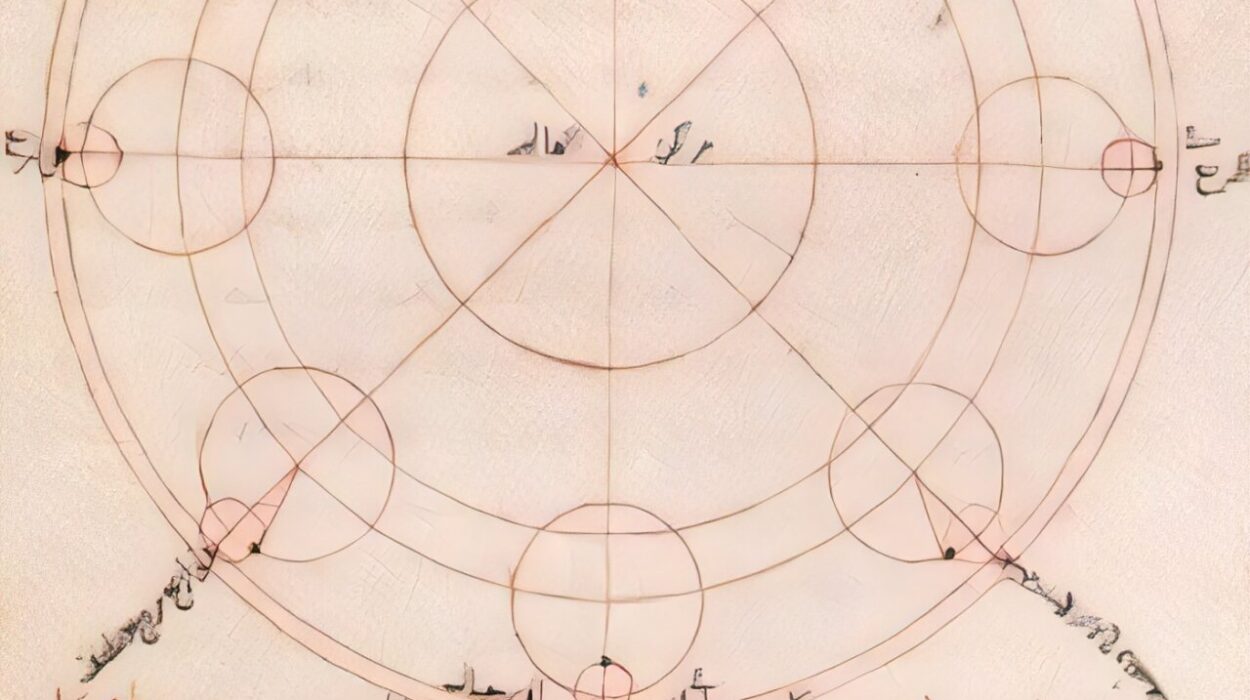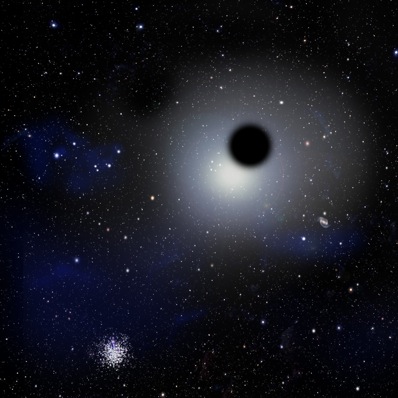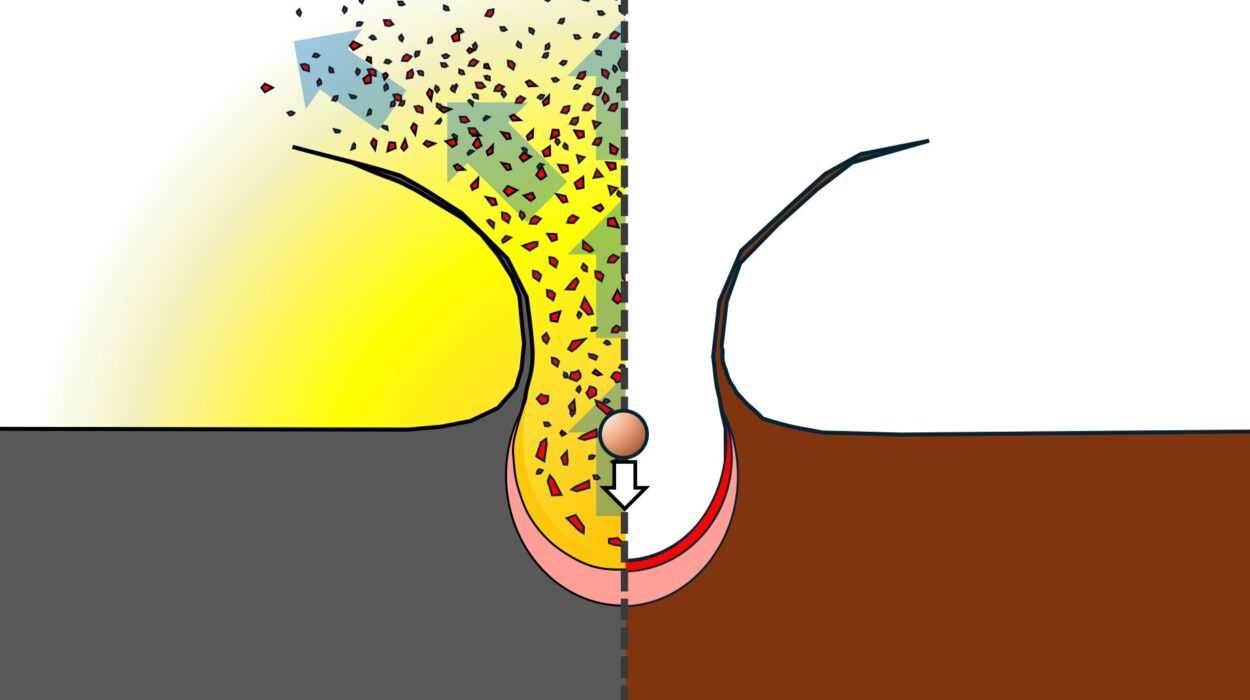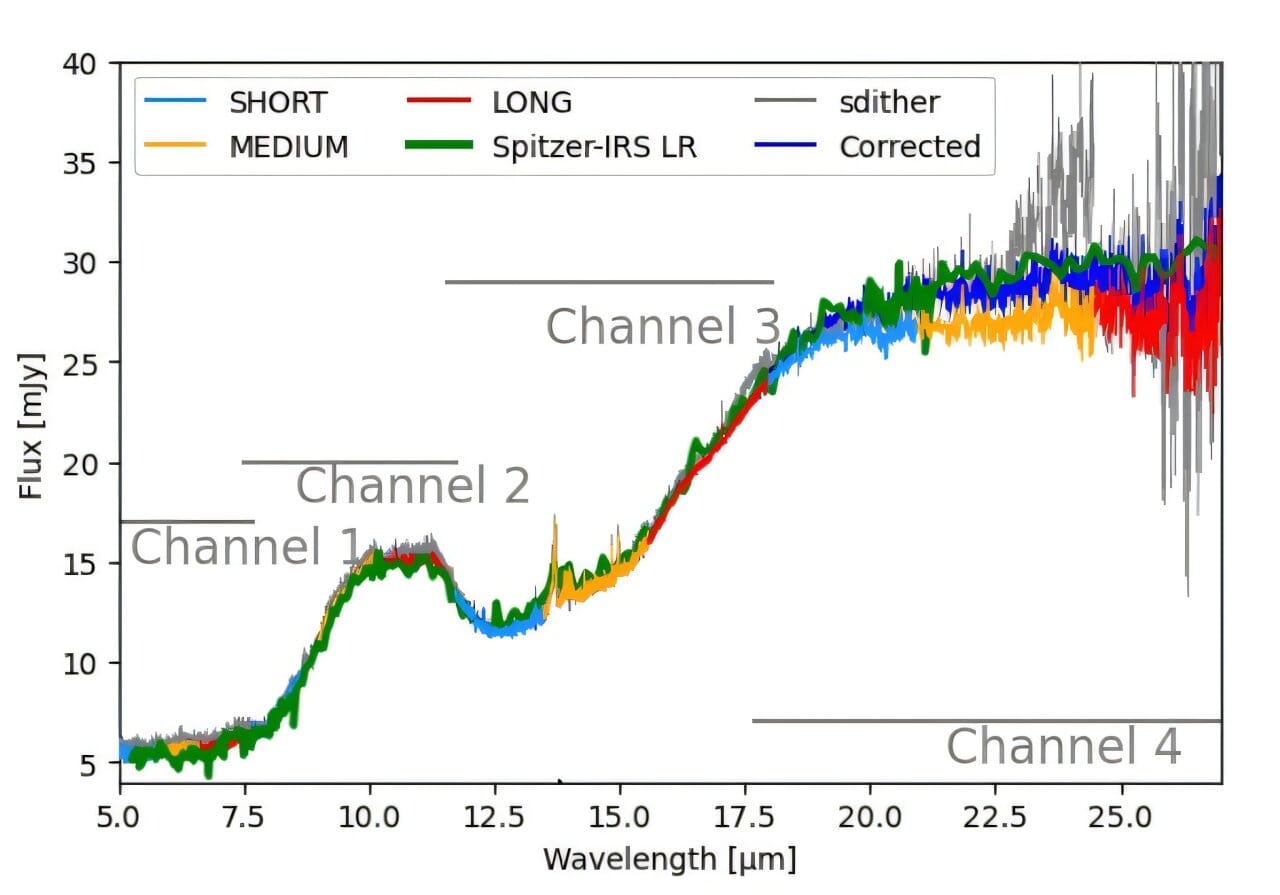In the heart of a colossal star cluster, some 13,800 light-years away, a cosmic giant hides behind a veil of dust and gas. Known as Wd1-9, this star has puzzled astronomers for decades. Belonging to a rare and poorly understood class called supergiant B[e] stars, Wd1-9 emits a rich spectrum of glowing gases and infrared light that hints at a dense, complex environment swirling around it. Yet, its true identity has long been concealed—until now.
An international team of astronomers, led by Konstantina Anastasopoulou from the Harvard-Smithsonian Center for Astrophysics, has used NASA’s Chandra X-ray Observatory to pierce through the dusty shroud. Their groundbreaking findings, published on July 23 on the arXiv preprint server, have finally revealed clues to the nature and evolution of this cosmic enigma.
Supergiant B[e] Stars: The Galaxy’s Rare Rebels
Supergiant B[e] stars are among the rarest stellar objects in the Milky Way, with only about a dozen ever identified. These massive, evolved stars display unusual behaviors: powerful emission lines in their spectra, radiation from low-ionization metals, and an excess of infrared light that betrays dense, dusty surroundings.
Despite decades of research, astronomers still don’t fully understand these stars. Are they nearing the end of their lives, shedding mass before collapsing into a supernova? Are they interacting binary systems, where two stars feed off each other in a complex dance? For Wd1-9, the mystery has been particularly difficult to unravel because its dusty cocoon blocks visible light, hiding its surface from traditional telescopes.
Piercing the Dust with X-rays
To uncover Wd1-9’s secrets, Anastasopoulou’s team turned to X-rays, a form of high-energy light capable of cutting through dense clouds of dust. Chandra’s powerful vision revealed something astronomers had never seen before: significant long-term variability in Wd1-9’s X-ray emissions, including a strong, repeating signal every 14 days.
This periodic signal is the first confirmed orbital period for Wd1-9, providing a critical clue—it’s not a lone star but part of a binary system. In other words, Wd1-9 is two stars locked in a gravitational embrace, orbiting each other every two weeks.
The Chandra data also showed a hard thermal X-ray spectrum, enriched with distinct emission lines from elements like silicon, sulfur, argon, and, for the first time, iron. These are hallmarks of colliding stellar winds, a phenomenon typical of binary systems where two massive stars blow out streams of gas that smash together, generating powerful X-ray emissions.
A Wolf-Rayet Star and a Hidden Companion
Comparing Wd1-9’s X-ray characteristics to other massive stars in the same cluster, the researchers found striking similarities with known Wolf-Rayet binaries. Wolf-Rayet stars are massive, evolved stars that have shed their outer hydrogen layers, exposing blazing-hot cores that roar with powerful stellar winds.
Based on these findings, the team concluded that Wd1-9 is likely a binary system composed of a Wolf-Rayet donor star and a fainter OB-type companion star. The evidence also points to significant mass loss—a cosmic shedding of material that could shape the final destiny of these stars, possibly leading to a future supernova or the formation of exotic remnants like neutron stars or black holes.
A Glimpse into Stellar Evolution
This discovery does more than solve a long-standing mystery—it helps astronomers understand a fleeting and rarely observed stage of massive star evolution. Supergiant B[e] stars like Wd1-9 appear to be transitional objects, caught in the act of dramatic mass loss and transformation.
“By uncovering the binary nature of Wd1-9 and identifying its components, we gain critical insight into how massive stars evolve and interact,” Anastasopoulou explained. “These systems are laboratories for studying stellar winds, mass transfer, and the processes that eventually lead to some of the universe’s most powerful explosions.”
The findings also highlight the importance of multiwavelength astronomy. Optical telescopes alone could never have penetrated Wd1-9’s cocoon. It took X-rays from Chandra to reveal the star’s hidden companion and its turbulent environment.
Looking Ahead
Wd1-9’s story is far from over. Future observations across different wavelengths—from infrared to radio—will help astronomers refine their understanding of the binary system’s dynamics, measure its mass-loss rates more precisely, and possibly watch it as it evolves toward its dramatic final act.
In the grand tapestry of the cosmos, stars like Wd1-9 remind us that even the brightest objects can harbor secrets. Thanks to cutting-edge technology and international collaboration, we are finally beginning to peel back the layers of dust and time, revealing the complex lives of the galaxy’s most massive stars.
Reference: K. Anastasopoulou et al, EWOCS-IV: 1Ms ACIS Chandra observation of the supergiant B[e] star Wd1-9, arXiv (2025). DOI: 10.48550/arxiv.2507.17816






